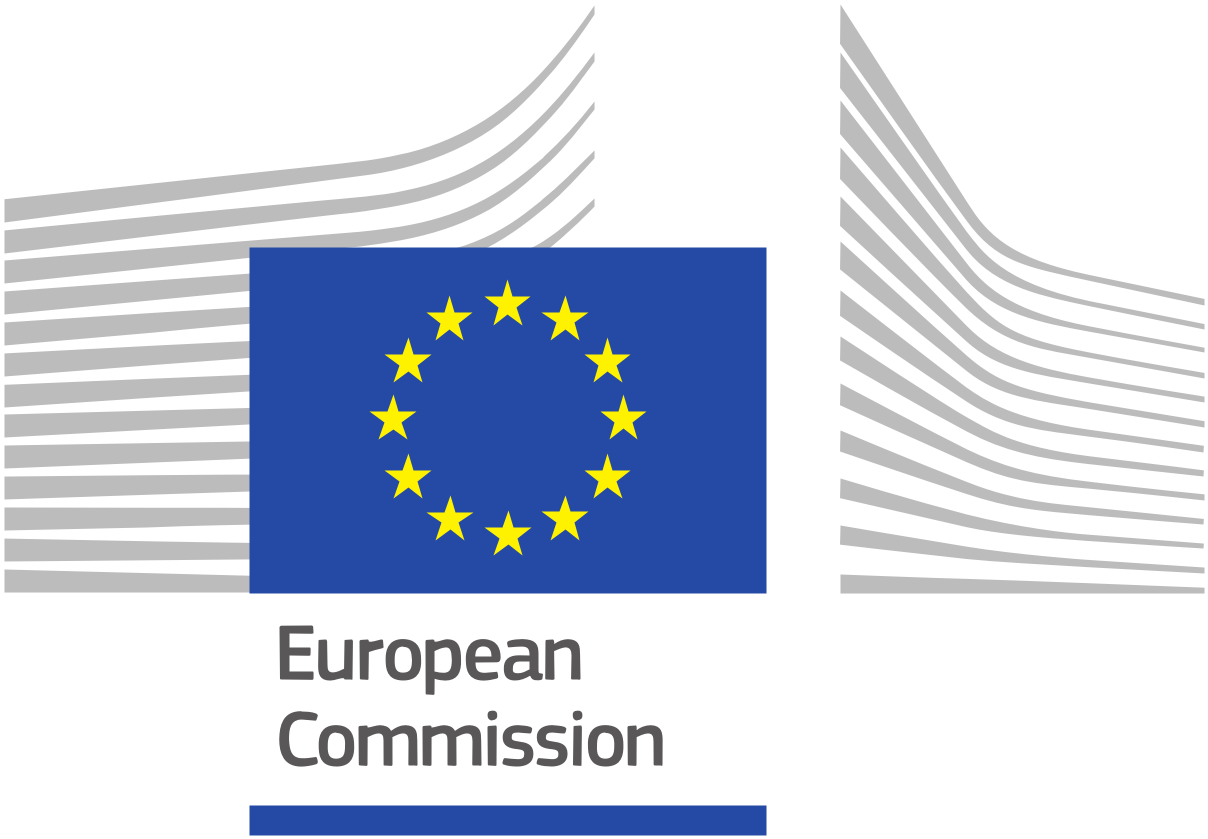
AUGMENTED CCAM

Augmenting and Evaluating the Physical and Digital Infrastructure for CCAM (Cooperative, Connected and Automated Mobility) deployment
This project has received funding from the European Union’s Horizon Europe programme under Grant Agreement No. 101069717.
AUGMENTED CCAM aims to understand, harmonise and evaluate in an augmented manner adapted and novel support solutions of Physical, Digital and Communication (PDI) infrastructure, to advance its readiness for large scale deployment of CCAM solutions for all. The project will elaborate, extend and harmonise PDI classification and support levels mapping co-determined PDI priority requirements and adaptations. Based on this and by deploying an open sharing technology agnostic service operational framework and architecture for PDI enabled CCAM, addressing all CCAM actors via multi-cooperation models, the project will develop 11 PDI support solutions (aiming at TLR 6-7) that will apply and evaluate in different configurations in seven (7) test sites across three (3) European Countries (France, Latvia, Spain), encompassing a vast spectrum of physical (living labs, closed areas, open traffic highway, urban and peri-urban/rural environments) and virtual (DT, AV & driving simulators) test beds. AI and Big Data advanced techniques and crowdsourced HD maps will leverage the whole transport system and its users’ situational awareness, prediction and actuation. The different test activities findings, supported by micro and macroscopic traffic simulations, will allow the assessment of different PDI support on functional safety of the whole transport infrastructure, on traffic safety and efficiency, driving behaviour, environmental footprint, service reliability, trust & security, considering the socioeconomic benefits and costs of all actors, and the issue of roadmap and recommendations, proposing risk-aversion decision making tools and methodologies for policy making and CCAM – ready infrastructure investments. AUGMENTED CCAM, coordinated by FEHRL, consists of a multi-stakeholder Consortium of 26 Partners from 12 European countries and one Associated partner from Switzerland. Roughly 50% of them are firms (30% Industries, 50% of which road operators, and 18,5% of them SMEs).
Read more

RE-ROUTE

integRated intElligent multi-modal tRanspOrt infrastrUcTurE
This project has received funding from the European Union’s Horizon Europe Marie Skłodowska-Curie Actions (MSCA), Staff Exchanges under grant agreement No 101086343.
Urban areas host 70% of the EU population, and it is estimated that this will increase up to 84% by 2050, exacerbating the EU cities’ current daunting problems such as air quality and greenhouse gas (GHG) emissions. In 2019, the transport sector was accountable for 27% of total EU GHG emissions, of which road transport accounted for approximately 72%. Many cities are looking to promote public and nonmotorised forms of transport to provide access to safe, affordable, accessible, and sustainable transport systems for all citizens. Many cities in Europe and worldwide are witnessing an increasing interest in shared and multi-modal mobility services using modes such as carsharing, bikes, ride-hailing, e-scooters facilitated by the emergence of intermediary mobility-on-demand platforms. Mobility services accessible ‘on demand’ can be achieved by an integrated Multimodal Intelligent Transport System (M-ITS) incorporating both motorised and non-motorised transport as well as private and public systems through the concept of Mobility as a Service (MaaS) Sustainable mobility alternatives such as a fully integrated and seamless multimodal mobility system that can be made widely available with the communication and computation advancements. RE-ROUTE an integRated intElligent multi-modal tRanspOrt infrastrUcTurE: distributed localised decision-making at the network edge forms an international, interdisciplinary, and inter-sectoral network of institutions with complementary skills, working on a joint research and knowledge transfer programme to improve the multi-modal Mobility-as-a- Service transport integration through localised Edge-based real-time data sharing, decentralised decision making, and localised network that places the processing at the proximity of data, contribute to evidence-based policy and physical infrastructure development and developing a unique skill set for the participating partners and improving their career prospects in the emerging ITS job market.
Read more

ULYSSES: Swarms of Drones for Intelligent Structural Health Monitoring of Wind Power Plants
This is an interdisciplinary, collaborative project between ENAC (Toulouse, France), UCD School of Computer Science, and UCD School of Civil Engineering. ENAC brings its distributed computing expertise and provides its practical experience in drones, civil aviation research expertise, and UAV experimental flight facilities. The UCD team includes researchers from “Multiagent Systems and Sustainable Solutions Laboratory” and ” Structural Dynamics Assessment Laboratory” bringing in experts in Artificial intelligence, Multiagent systems and distributed decision-making, and civil engineering and structural health monitoring. Within this project, two Ph.D. students had the opportunity to travel to the university partners and work with the other team in person: Maha Riad, a 3rd-year UCD Ph.D. student, and Jiayi Chen, a 1st-year ENAC Ph.D. student.
As an important constituent of renewable energy sources, wind energy has been placed more and more expectations. As wind turbines are generally installed in harsh areas, e.g., offshore wind turbines, it becomes imperative to implement real-time health monitoring and precise operational safety evaluation for wind turbine structures. The recent progress in the development of robotic platforms and autonomous systems has created promising prospects for deploying semi/fully autonomous systems for the health monitoring of wind farms. The utilisation of such systems brings the advantage of mitigating health and safety risks associated with human operators. Regarding the use of robotized inspection, UAVs are the predominant choice. Consequently, our purpose is to apply fault-tolerant distributed computing on swarms of UAVs to implement the inspection mission in an autonomous way for wind turbines.